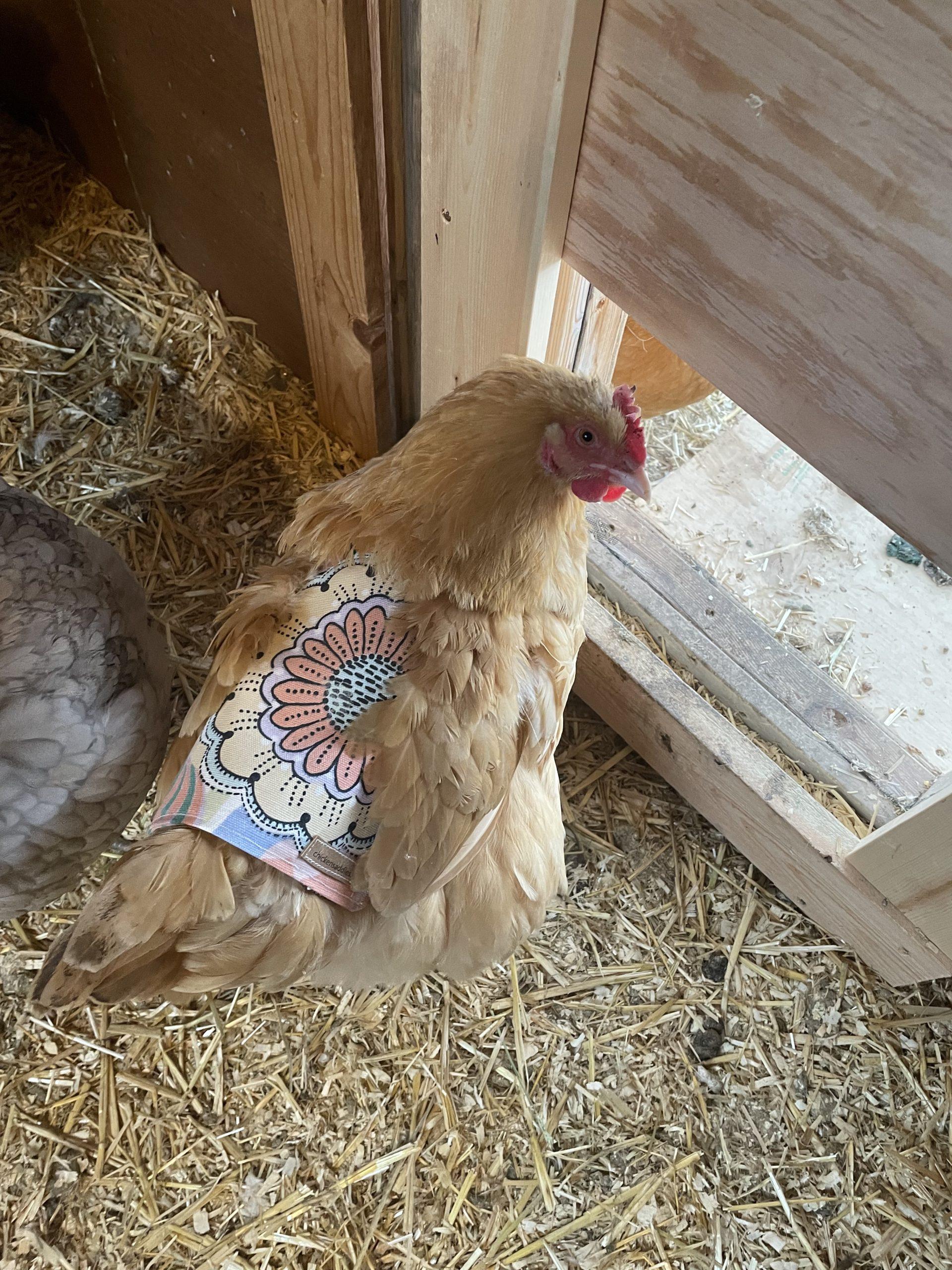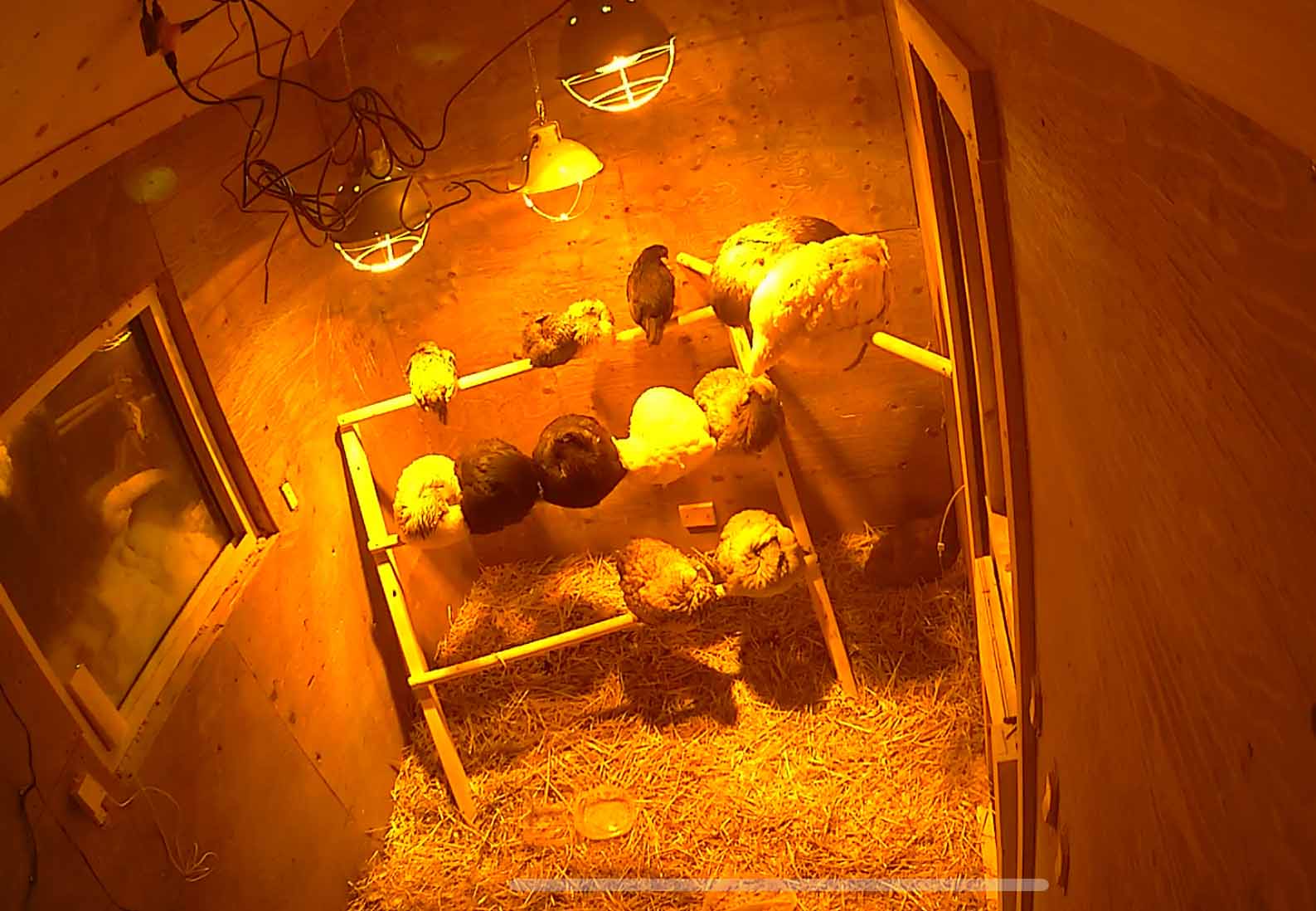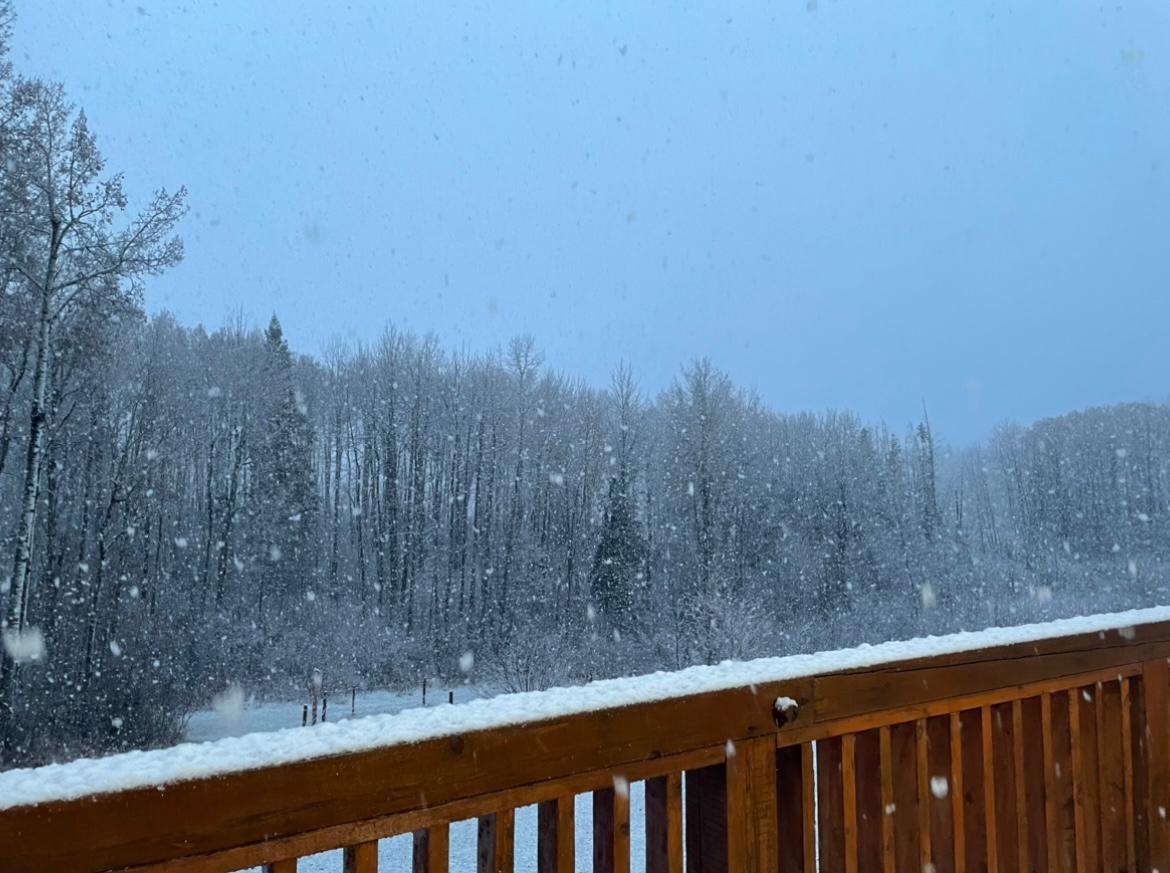Yes there is such thing as chicken saddles but they definitely aren't for us to ride our hens! Chicken saddles are cloth or canvas back covers with stretchy straps that go around each wing. The main purpose of this unique creation is to protect the back of hens that have become the “favorite” of your rooster. When a rooster mounts one particular hen often he can pull feathers off her back and leave her with a bare back. The feathers can be very sensitive and even bleed. Continuous mounting makes it difficult for those feathers to grow back. With a chicken saddle on it protects the hen from further damage and gives her feathers a chance to grow back. Also, they are super cute!
Category: Chicken Health
Do I Need a Rooster?
There are many advantages to having a rooster but the only reason you NEED a rooster is if you would like your eggs fertilized for chick production. But choosing to have a rooster has many advantages. Having one rooster in a smaller flock can be extremely advantageous. Firstly, our rooster, Sylvester (aka Sly) does everything he can to protect his hens. He makes various noises to warn the hens to run inside their coop if he hears or sees another animal around. We find he then sits at the coop door with the hens waiting behind him for him to give them the go ahead.
Secondly, he does a great job at ensuring that our hens do not fight. He has broken up fights when the ladies are getting annoyed with one another. We have been told that without a rooster a head hen can take on this position but this is not something we have any experience with.
Interestingly, we have also found that our big guy even show hens where to lay when they have decided not to lay in their nesting box. Sly will go to a box and go in and out of it several times right after a hen has laid outside of the boxes.
In contrast, there are several disadvantages that can arise when a rooster(s) is added to the flock. It’s extremely important to ensure that you do not have too many roosters for the number of hens. If you end up with too many roosters they are likely to fight over hens and they can even fight to death. In addition, you will find that the roosters will mount the same hens too much resulting in bare backs and feather loss in the hens. As you have read above, there are definitely pros and cons to having a rooster and each situation will be different.
Do Chickens need Supplemental Heat?
This is a question of much debate in the poultry industry. Many chicken breeds are naturally quite cold hardy but it always important to research your breed to ensure that you are aware if they have any specific needs. Even in cold areas, many chicken owners feel that providing artificial heat alters a chickens natural adaptability. For those that do choose to make their flock more comfortable and continue to be winter layers there are various heating options available that we have researched.
Heat lamps are the long term standard in the industry but many fear the risk of fire. Based on our experience, we have found that if you choose to use heat lamps it is important to ensure that they are high enough that the chickens are not hitting them or knocking into them. In addition, using the metal casing and a higher quality bulb help as well. There are two options for the heat bulbs, clear or red. We learned very quickly that clear wasn't working for our flock. These bulbs were bright and our ladies and gent were partying 24/7. We switched to red bulbs and they now sleep again.
A newer option that has become very popular is a cozy coop. This is a heat releasing mat with little fire risk but note that they release limited heat and heat can only be felt right in front of the mat. I think that the cozy coop may be a great solution with a small coop with only a hand full of chickens but was not a feasible solution for us.
Overwintering with Chickens
Depending on where you live overwintering your chickens successfully can be very complicated and a little scary. From our experience and research, we learned that chickens are much hardier than most people expect. Most regular or large size chickens can withstand cold winters without supplemental heat but, if you would like winter egg laying, then several winter techniques are needed. Supplemental lighting to provide a light/dark schedule similar to other times of the year seems to be necessary for winter laying. In addition, many chicken keepers also feel that supplemental heat aids in egg laying.
Personally, we found that supplemental heat helped our chickens look more comfortable and energetic in our cold winters. We definitely agree that chickens are hardy and we didn't want to disrupt their natural adaptations, so we set our supplemental heat to come on if the inside coop temperature drops below -13C.
Another tricky subject in cold winters and more humid environments, is to prevent frostbite on the combs, wattles and feet of your chickens. Although minor frostbite seems to cause little distress to the chicken, major frostbite can be very serious and even result in loss of toes or feet. Frostbite in chickens tends to entirely related to the humidity within the coop. To keep the humidity low (in relation to the outside ambient humidity) the key is to install ventilation in the coop.
Fresh, unfrozen water is important for all living organisms. There are a variety of chicken waterers with heating mechanisms available at most feed stores ranging from heated pet bowls to heated chicken nipple waterers. Our choice has been a heated pet bowl and then a 5 gallon pail with cross nipples around the bottom with a bird bath heater submersed.
The last problem that comes up is frozen eggs! The easiest solution is to collect your eggs as often as possible throughout the day. Another trick we have found is to not have rollaway nest boxes. This means the eggs stay in the nest for the next hen to lay on top and keep them warmer.




